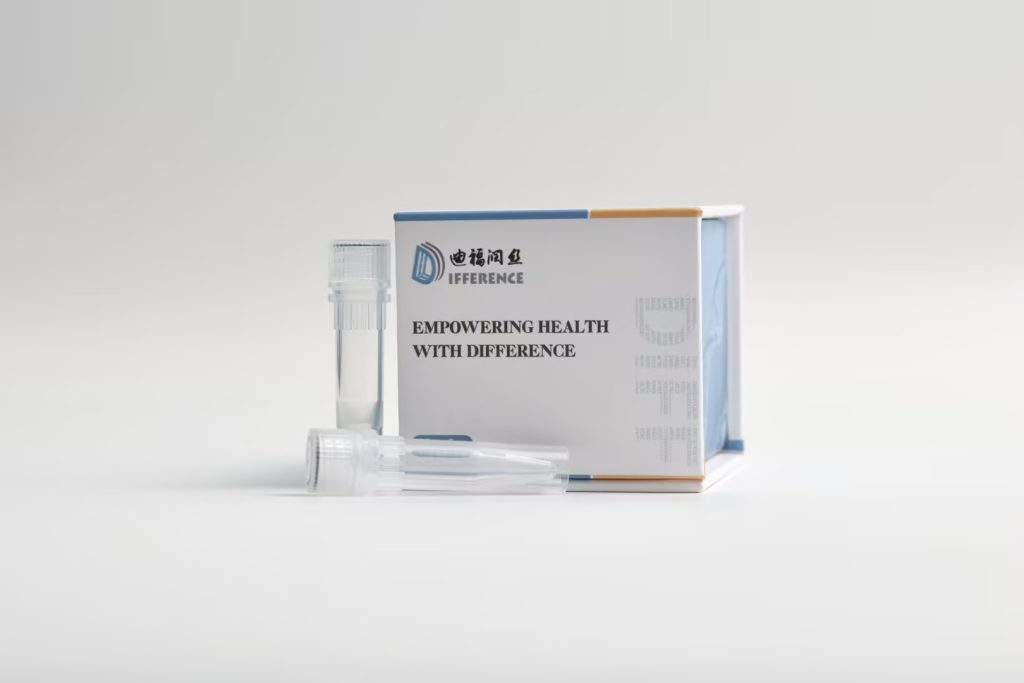The principle of protease inhibitor test is mainly based on the inhibitory effect of protease inhibitors on protease activity. Specifically, protease inhibitors bind to specific functional groups on the active center of protease molecules, leading to a decrease or even disappearance of protease activity, thereby achieving the goal of inhibiting protease activity. This inhibitory effect does not alter the structure of the enzyme protein itself, that is, it does not denature the enzyme protein.
In protease inhibitor experiments, different experimental groups and control groups are usually set up, with protease inhibitors added to the experimental group and not added to the control group. The inhibitory effect of inhibitors can be evaluated by comparing the degradation rate of substrates or the production of products by proteases in two groups.
The mechanism of action of protease inhibitors is complex and diverse, which may include competitive inhibition and non competitive inhibition. Competitive inhibition refers to the competitive binding of inhibitors to the active site of proteases, thereby reducing the binding efficiency between substrates and proteases; Non competitive inhibition refers to the binding of inhibitors to the inactive sites of proteases, altering the structure or conformation of the enzyme and thereby affecting its catalytic activity.
Protease inhibitors play important physiological roles in organisms, such as regulating protein degradation and maintaining cellular environmental stability. In vitro experiments, protease inhibitors are also widely used in protein purification, extraction, and other processes to prevent proteins from being hydrolyzed by proteases during the extraction process.
In general, the principle of protease inhibitor assay is to evaluate its effectiveness by observing the inhibitory effect of protease inhibitors on protease activity, and further study its mechanism of action and physiological significance.
Share on:
Facebook
Twitter
Pinterest
WhatsApp
Recent posts
We recommend


